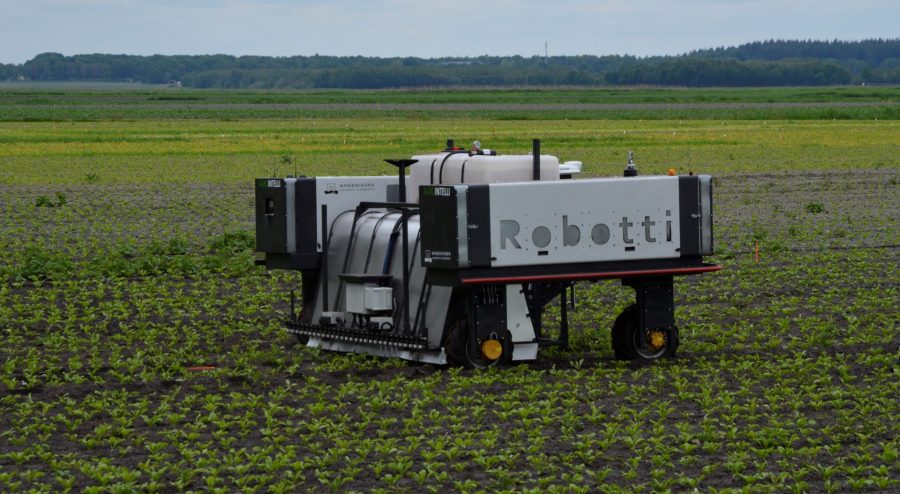Global sales of automatic machines (field, milking and feeding robots, autonomous tractors, drones, and related data analysis hardware and software) are currently valued at an estimated €6.2 billion a year, reports Dutch bank ABN AMRO.
Labelled as the AgriTech market (also includes weather stations and precision spraying equipment), this figure is forecast to double in the next five years. The strongest-growing segment comprises suppliers of data analysis, software and related services. Driven partly by advances in artificial intelligence technology, this segment alone is expected to generate revenues of over €1 billion by 2030.
Given the strong position the country has with milking and feeding robots, it will come as no surprise to learn that Dutch manufacturers hold a leading share of over 11% of the total AgriTech market.
The pace of robotization in the Dutch agricultural sector is expected to accelerate and the bank predicts that sales of robotic machines in the Netherlands could potentially triple from €715m this year to €2.5b by 2030.
The shortage of workers and rising labour costs in the agricultural sector in recent years are seen as important drivers for farmers to invest in technology. “We’re seeing more widescale use of robots such as drones, harvesting robots and ground sensors that measure humidity and soil quality,” explains David Kemps, sector banker manufacturing at ABN AMRO.
Manufacturers stand to benefit from this growth, but it won’t be an easy ride, he suggests, and the sector needs to address the existing bottlenecks.
“Knowledge in the market is fragmented and the connection with the business world could be better. It’s important to ensure agricultural workers and new students are trained to use agritech in practice.”





